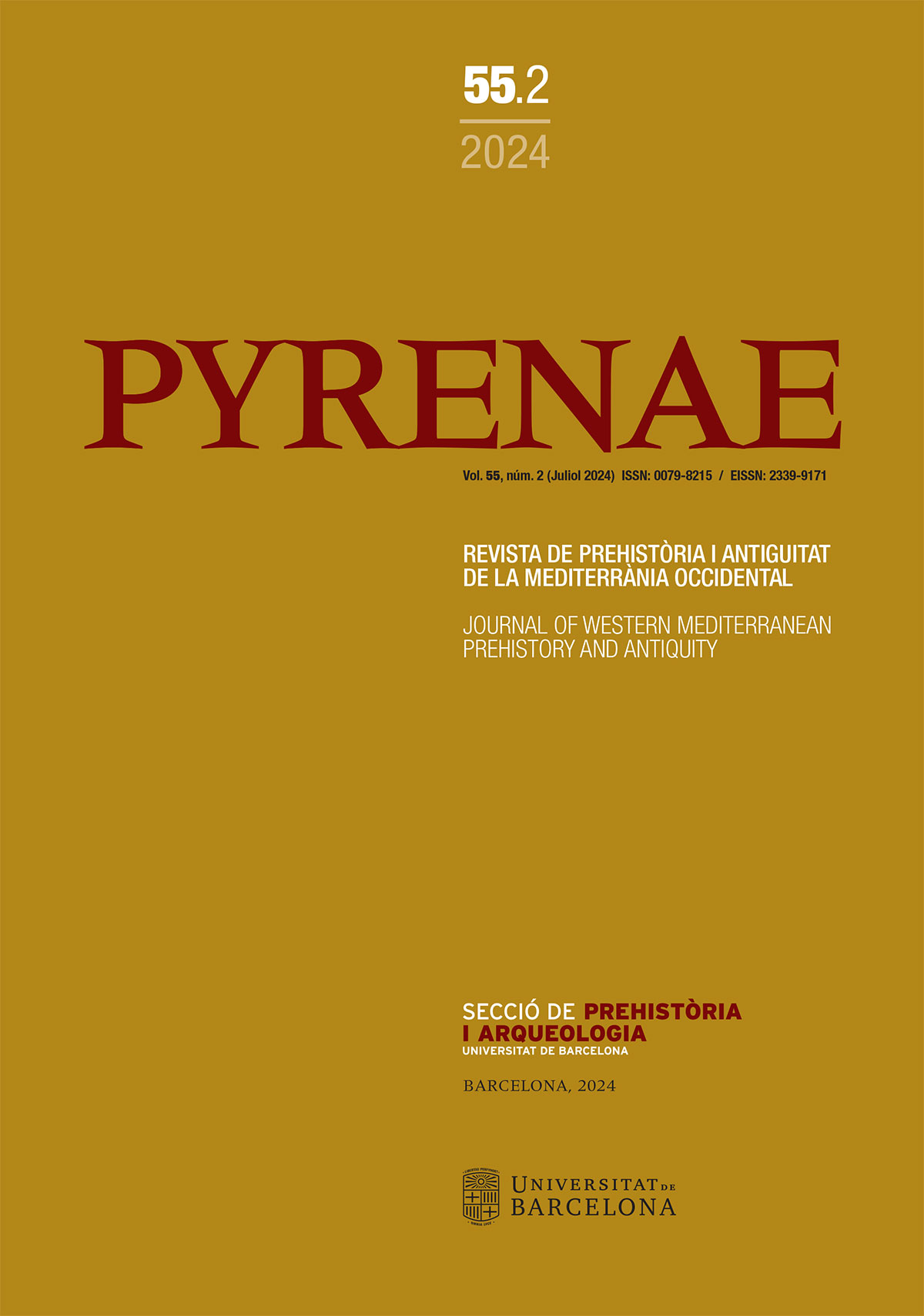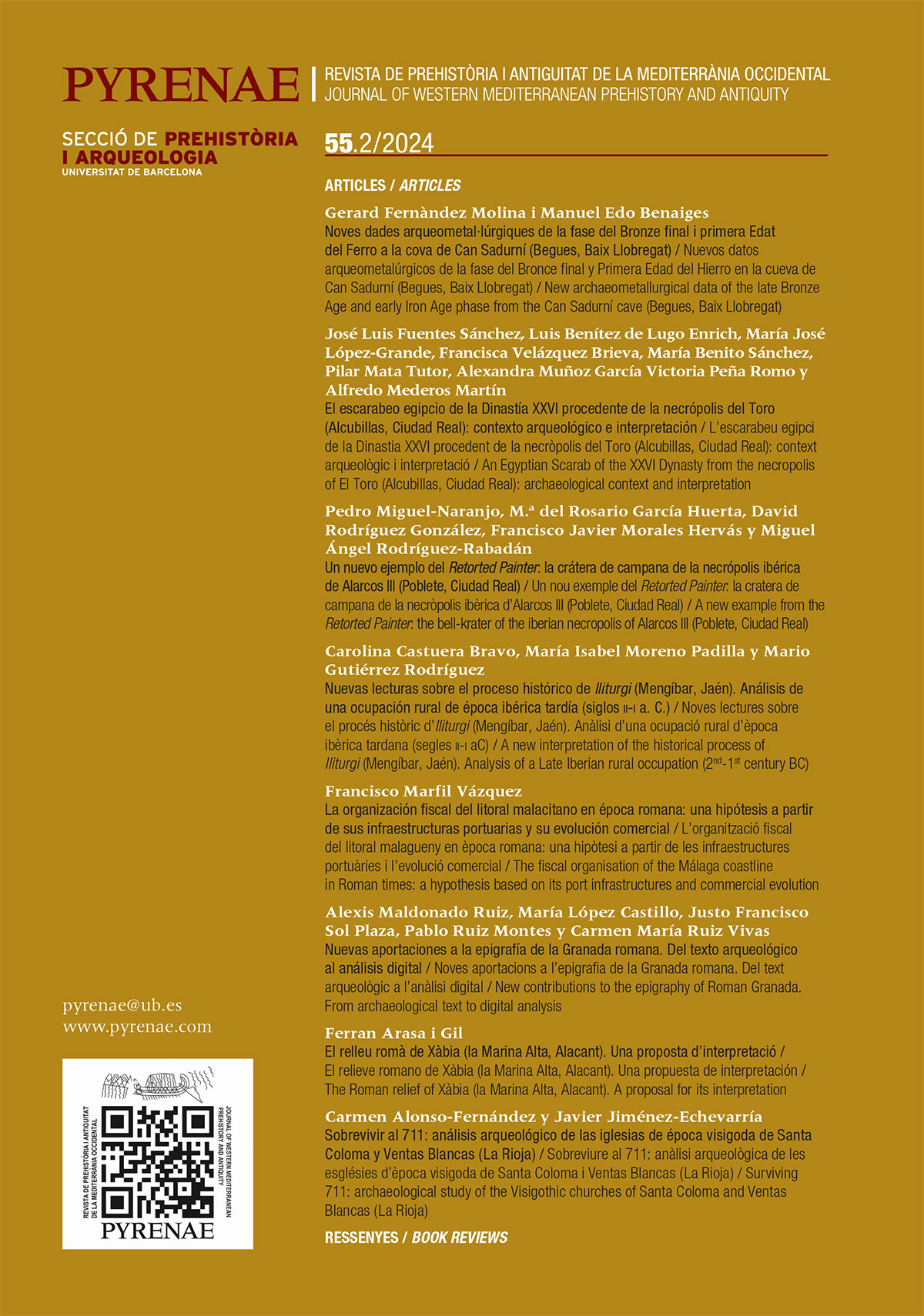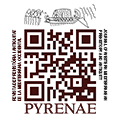 Late Roman Unguentaria in Tarragona: preliminary results about their typological characterization, distribution and evolution in the port suburb (7th – early 8th centuries)
Late Roman Unguentaria in Tarragona: preliminary results about their typological characterization, distribution and evolution in the port suburb (7th – early 8th centuries)
Este artículo presenta por primera vez un análisis de los ungüentarios tardíos documentados en la ciudad de Tarragona y, más específicamente, en las excavaciones del denominado suburbio portuario. Este estudio ha documentado 40 ejemplares procedentes de 16 contextos cerámicos, y ha permitido identificar las variantes Late Roman Unguentarium y Ephesian Early Byzantine Amphoriskoi. La vinculación de estos ejemplares con los datos estratigráficos y la información aportada por otras categorías cerámicas permite situarlos cronológicamente entre el siglo VII y los inicios del VIII d. C.
PALABRAS CLAVE: ANTIGÜEDAD TARDÍA, VISIGODOS, PENÍNSULA IBÉRICA, TARRAGONA, ESTUDIOS CERÁMICOS, UNGÜENTARIOS TARDÍOS
Aquest article presenta per primera vegada una anàlisi dels ungüentaris tardans documentats a la ciutat de Tarragona i, més específicament, a les excavacions de l’anomenat suburbi portuari. Aquest estudi ha documentat 40 exemplars procedents de 16 contextos ceràmics, i ha permès identificar les variants Late Roman Unguentarium i Ephesian Early Byzantine Amphoriskoi. La vinculació d’aquests exemplars amb les dades estratigràfiques i la informació aportada per altres categories ceràmiques permet situar-los cronològicament entre el segle VII i els inicis del VIII d. C.
PARAULES CLAU: ANTIGUITAT TARDANA, VISIGOTS, PENÍNSULA IBÈRICA, TARRAGONA, ESTUDIS CERÀMICS, UNGÜENTARIS TARDANS
This paper presents, for the first time, an analysis of the Late Roman Unguentarium (LRU) attested in the city of Tarragona and, more specifically, in the excavations carried out in the so-called port suburb. The study has recorded 40 examples deriving from 16 ceramic contexts, in which Late Roman Unguentarium and Ephesian Early Byzantine Amphoriskos variants have been identified. The connection of these small containers with the stratigraphic data and the information provided by other ceramic categories allows us to place them chronologically between the 7th and early 8th centuries AD.
KEYWORDS: LATE ANTIQUITY, VISIGOTHS, IBERIAN PENINSULA, TARRAGONA, POTTERY STUDIES, LATE ROMAN UNGUENTARIA















